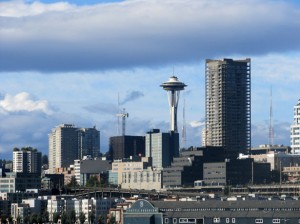 With an average annual rainfall amount of 37.5″, the Seattle area is an ideal environment for rainwater collection, since Seattle area households see a moderate climate compared to other cities in the United States. Summers are generally short and winters are fairly moderate.
With an average annual rainfall amount of 37.5″, the Seattle area is an ideal environment for rainwater collection, since Seattle area households see a moderate climate compared to other cities in the United States. Summers are generally short and winters are fairly moderate.
Let’s take a look at an average 2,500 sq. ft. home in Seattle, which can easily sustain itself while using rainwater collection for whole household use.
Autumn rainfall averages around 11.55″, filling tanks from the past summer’s use quickly with 17,911 gallons of water available for collection. Winter averages are around 14.42″ or the equivalent of 22,459 gallons available to keep tanks full. Spring continues with 13,036 gallons from an average of 8.37″, allowing levels to remain high. Even summer at an average of 3.15″ or 4.906 gallons available should keep tank levels from going dry to be filled again in the fall.
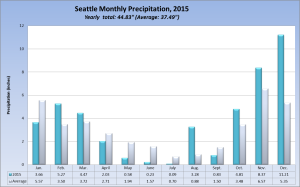 Depending on use, an average Seattle home can sustain itself on harvested rainwater without any change in lifestyle for the residents. The average demand from one occupant is 35 gallons per day or 1,050 per month – not including irrigation. Being connected to city water allows for a back up supply. Even with a small amount of storage, a supplemental system can conserve city water supplies and save money, by providing full usage during the wet periods. Future weather patterns predict wetter warmer winters and hotter, dryer summers. A look a last year’s averages on the above graph suggests this to be true. Rainwater collection is a perfect fit for Seattle residents whether non-potable or potable use is desired.
Depending on use, an average Seattle home can sustain itself on harvested rainwater without any change in lifestyle for the residents. The average demand from one occupant is 35 gallons per day or 1,050 per month – not including irrigation. Being connected to city water allows for a back up supply. Even with a small amount of storage, a supplemental system can conserve city water supplies and save money, by providing full usage during the wet periods. Future weather patterns predict wetter warmer winters and hotter, dryer summers. A look a last year’s averages on the above graph suggests this to be true. Rainwater collection is a perfect fit for Seattle residents whether non-potable or potable use is desired.

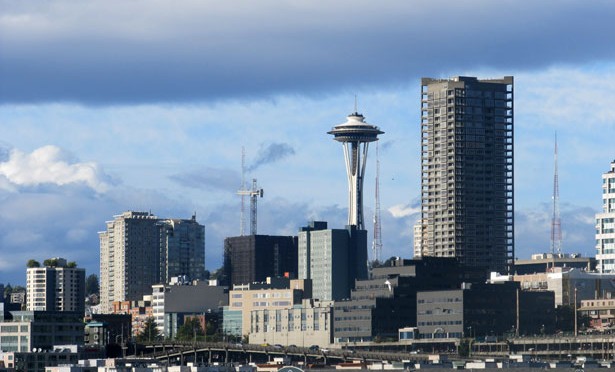
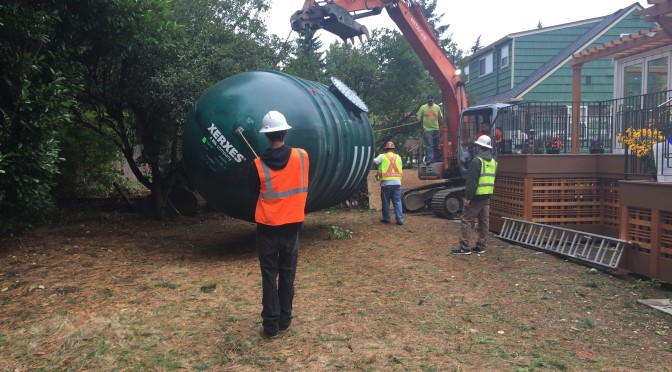
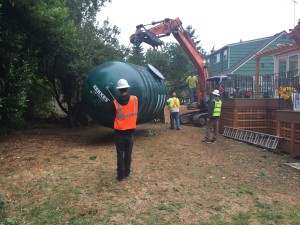 More urban customers are inquiring about underground storage for rainwater catchment systems. With limited space in a typical city backyard and the desire to keep what little space there is unobstructed by large cisterns,
More urban customers are inquiring about underground storage for rainwater catchment systems. With limited space in a typical city backyard and the desire to keep what little space there is unobstructed by large cisterns, 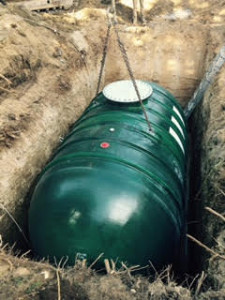 The decision to choose underground storage comes with added costs.
The decision to choose underground storage comes with added costs. Experience in below grade cistern design and installation is the key factor in the success and costs of the project. Understanding the added costs before hand will help ease sticker shock.
Experience in below grade cistern design and installation is the key factor in the success and costs of the project. Understanding the added costs before hand will help ease sticker shock.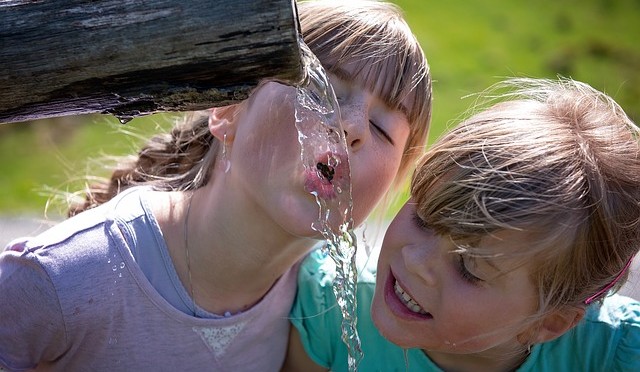
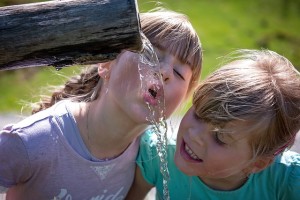 While you cannot disconnect from most municipal water supplies in Washington State, you can include a non-potable rainwater collection system as a supplementary source statewide.
While you cannot disconnect from most municipal water supplies in Washington State, you can include a non-potable rainwater collection system as a supplementary source statewide.